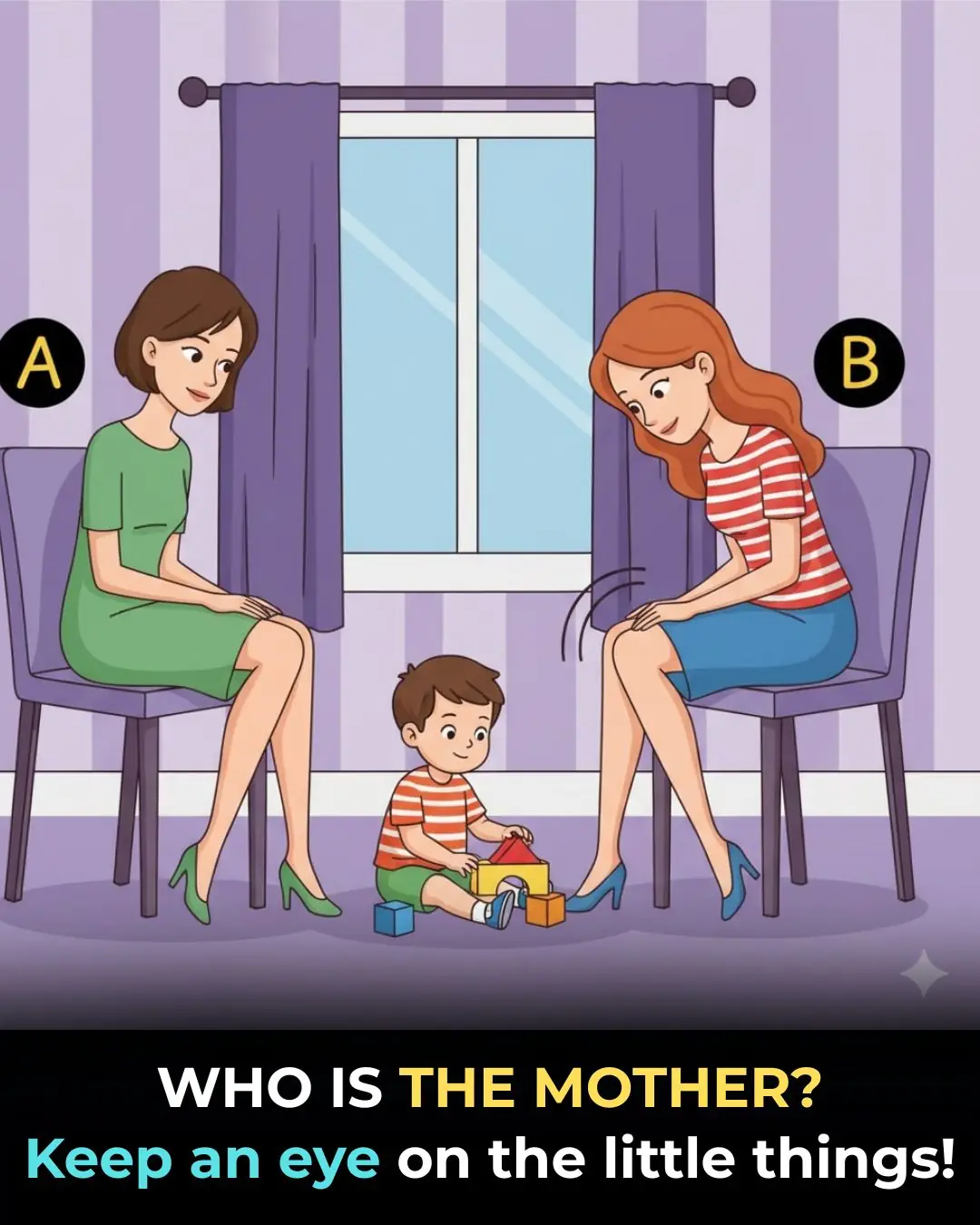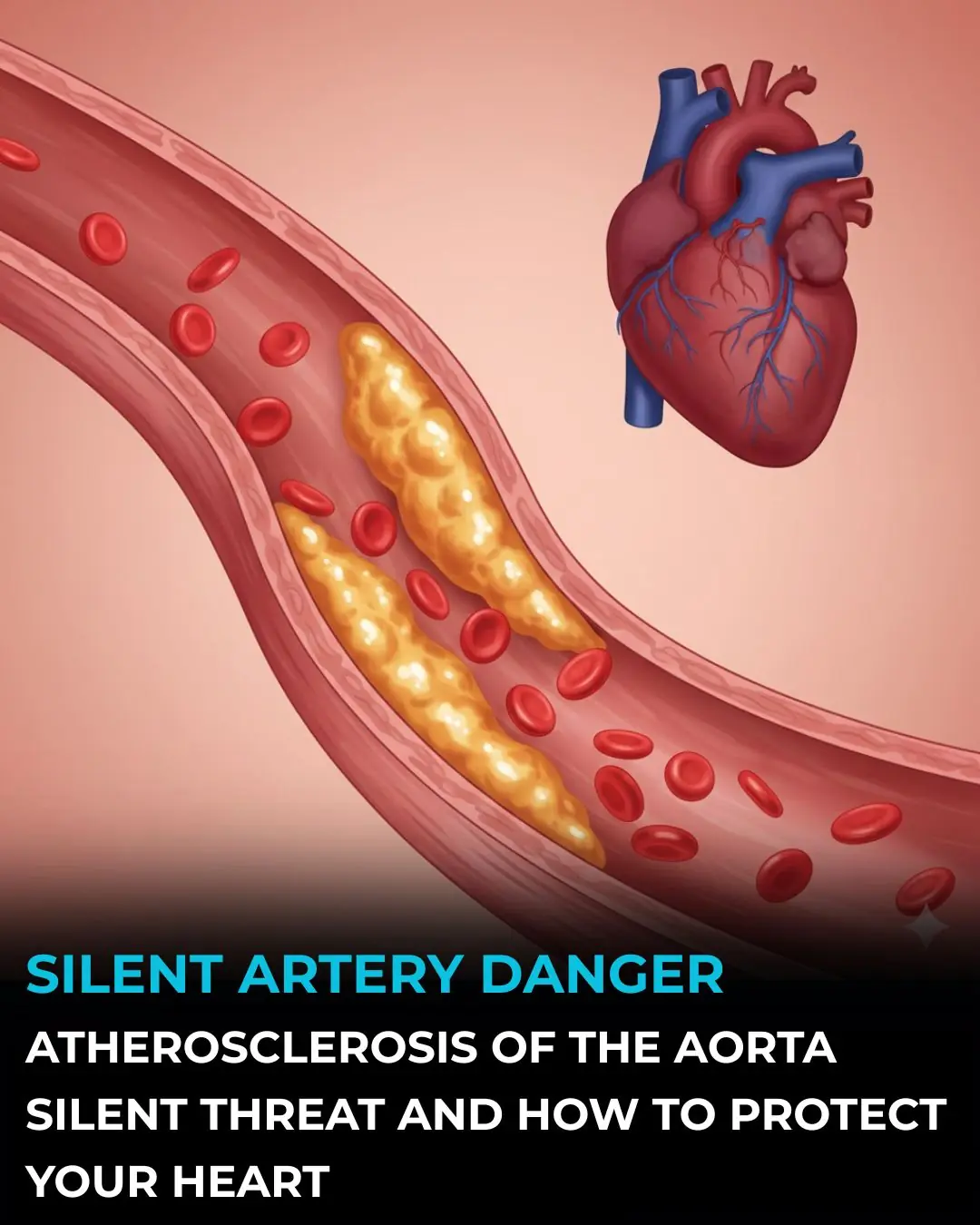
Revealing Hidden HIV: A Major Step Toward Achieving a Functional Cure
A groundbreaking scientific development may bring the world closer than ever to achieving an effective cure for HIV. In recent research, scientists have introduced a novel method capable of uncovering hidden HIV reservoirs embedded within white blood cells—reservoirs that have long posed one of the greatest obstacles in completely eliminating the virus from the body. These latent pockets of HIV have remained undetectable and untouchable by conventional treatments for decades, enabling the virus to persist even when patients receive highly effective antiretroviral therapy (ART). By successfully exposing these concealed viral sanctuaries, researchers hope to open the door to therapeutic strategies designed not only to suppress HIV, but to remove it entirely.
This innovative technique has the potential to reshape current HIV treatment approaches and may accelerate progress toward what experts call a “functional cure”—a state in which the virus is controlled without lifelong medication. Until now, standard ART has been highly effective at reducing the viral load to undetectable levels, preventing transmission and enabling people living with HIV to lead long and healthy lives. However, ART cannot completely eradicate the virus, as HIV integrates itself into the DNA of immune cells and remains dormant. According to the National Institutes of Health (NIH), these latent HIV reservoirs are the primary barrier preventing total viral clearance and have remained one of the biggest scientific challenges for more than 30 years.
The newly developed method marks a major shift in this long-standing issue. By revealing previously invisible HIV hidden deep within white blood cells, it may allow future treatments to directly target and neutralize these reservoirs. Early laboratory findings—supported by recent reports in reputable outlets such as The Guardian and research updates from the NIH—suggest that exposing these reservoirs could enable the immune system or targeted therapies to finally reach virus-infected cells that were once unreachable. In other words, scientists may be moving closer to transforming a theoretical possibility into a realistic medical pathway.
Despite the excitement, researchers emphasize that further clinical studies are needed before the technique can be applied in real-world medical settings. As highlighted in scientific discussions published in journals such as Nature Medicine and The Lancet HIV, advances in HIV cure research often require rigorous multi-phase testing to ensure safety, effectiveness, and long-term viability. Even so, many experts remain cautiously optimistic. They note that breakthroughs like this represent crucial steps toward ending the HIV epidemic and expanding the range of tools available for treatment and prevention.
Continued global investment in HIV research, next-generation therapies, community engagement, and public health initiatives remains essential. Organizations such as UNAIDS underscore the importance of pairing scientific progress with education, prevention, and equal access to healthcare. If the momentum in cure-focused research continues, this new method could eventually help redefine the future of HIV treatment—offering renewed hope for millions of individuals and communities around the world who dream of a world free from the burden of HIV.
News in the same category


The Molecular Blueprint of Regrowth: How Axolotls Regenerate Entire Limbs

If You Have These Two ‘Dimples’ on Your Lower Back

Why are some window bars curved at the bottom

When the Brain Begins to Consume Itself: The Hidden Costs of Chronic Sleep Loss

From Self-Marriage to Self-Divorce: Suellen Carey’s Viral Journey of Self-Love

The Hidden Years of Postpartum Recovery: How Motherhood Reshapes the Brain

Unattractive Traits That Can Secretly Ruin a Relationship

Beware Portuguese Man-of-War Found on Beach

Why Your Dog Stares at You …What That Look Really Means

Do You Think Like an FBI Agent

Apple and Issey Miyake Redefine Tech Fashion With the $230 iPhone Pocket

A Simple Black Blade That Saves Birds: The Surprising Wind Turbine Breakthrough

A Silent Threat: How Aortic Atherosclerosis Develops and How You Can Protect Yourself

Firefighters Want Everyone To Know What They Should Never Plug Into A Power Strip

Uncovering the Viral Trigger Behind Lupus: Scientists Reveal a Surprising Link

A Quiet Hero: The 24-Year-Old Saving Over 1,400 Animals from Euthanasia

New Study Shows Removing Processed Foods Can Reduce ADHD Symptoms by 53%

Kenyan Impostor Outsmarts Courts: Fake Lawyer Wins 26 Cases Before Shocking Unmasking
News Post

The Science of Touch: How Holding Hands Calms the Brain and Eases Pain

The Molecular Blueprint of Regrowth: How Axolotls Regenerate Entire Limbs

A Daughter Loses Over 50 Pounds To Donate A Life-Saving Kidney To Her Dad

Walmart Cashier’s Random Act Of Kindness Towards Woman With Cerebral Palsy Will Absolutely Touch Your Heart

When boiling shrimp, remember to add these 2 spices. The shrimp will be sweet, not fishy, and will have a bright red color.

Co-workers Surprise Adopted Colleague With African Inspired Celebration After Tracing Roots Back to Africa

The rats will disappear after just 1 month with only 3 potatoes, so easy and very effective

Why are cucumbers bitter? Is it okay to eat bitter cucumbers?

‘Jada Bout to Set That Red Table’: Jada Pinkett Smith Fans Warn Rapper Yo-Yo Over Her Shocking Confession About Tupac

How to make sesame and peanut sauce with just the right taste, keep it for a long time without getting too oily, eat it with cold rice is also delicious

‘Go Back Home Friend’: Vince Herbert’s Slim, Unrecognizable New Look Has Fans Telling Tamar Braxton It Might Be Time to Spin the Block

Grab A Tissue Before Watching This Father And Son Reunite After 37 Years

My Nana Taught Me a 1-Minute Hack to Remove Sticky Jar Labels — With Zero Effort

If You Have These Two ‘Dimples’ on Your Lower Back

Actor Brian Tyree Henry Has Heartwarming Reunion With Morehouse Professor Who Inspired Acting Career

Whoa, I Had No Idea This Is Why Milk Jugs Have That Dent

Blurred Vision in One Eye and a Headache

I Didn’t Know This Bee Sting Trick—My Dad Swears By It
